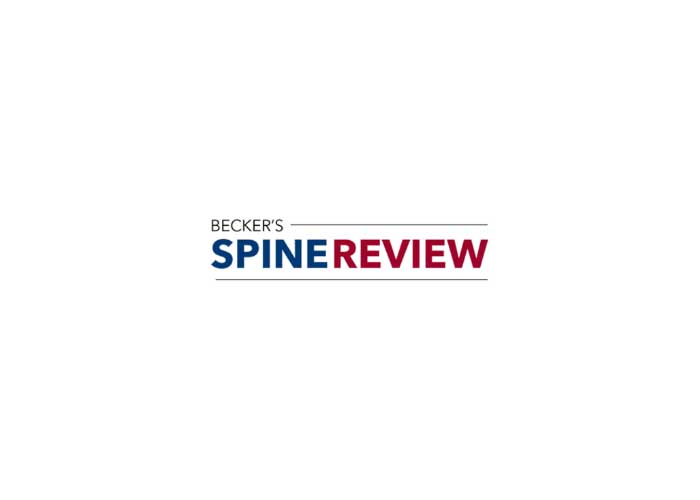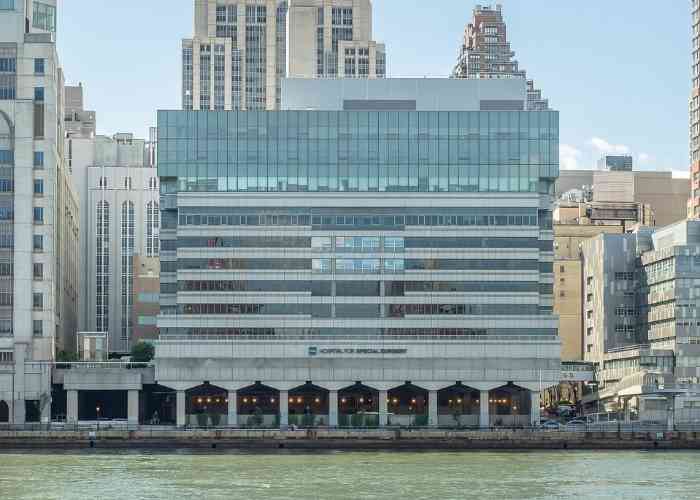POST-OPERATIVE INSTRUCTIONS:
KNEE ARTHROSCOPY
*Please note that the instructions provided below are general guidelines to be followed; however, any written or verbal instructions provided by Dr. Allen supersede the instructions below and should be followed.
DIET
- Begin with clear liquids and light foods (Jell-O, soups, etc.)
- Progress to your normal diet if you are not nauseated
PAIN
- Your prescription for pain medication will be sent to your pharmacy on file.
- After the first day or two, as the pain lessens, you may decrease the frequency with which you take the medication.
- Remember, the medications are not necessarily meant to completely eliminate your pain, only to make it more bearable.
- It is also helpful to use ice or cryotherapy unit as directed to decrease pain and swelling.
- If these measures are not adequately controlling your pain, please call our office.
- If it is after hours, call the office and page the physician or physician assistant on call.
- Narcotic pain medications can cause constipation; you may wish to use an over-the-counter stool softener to help prevent this.
MEDICATIONS
- Local anesthetics are injected into the wound and knee joint at the time of surgery.
- This will wear off within 812 hours and it is not uncommon for patients to encounter more pain on the first or second day after surgery when swelling peaks.
- Most patients will require some narcotic pain medication for a short period of time – this can be taken as per directions on the bottle.
- Common side effects of the pain medication are nausea, drowsiness, and constipation. To decrease the side effects take the medication with food. If constipation occurs, consider taking an over the counter laxative.
- If you are having problems with nausea and vomiting, contact the office to possibly have your medications changed.
- Do not drive a car or operate machinery while taking the narcotic medication.
- For 2 weeks following surgery take one aspirin daily to lower the risk of developing a blood clot after surgery.
- If you are having pain that is not being controlled by the pain medication prescribed, you may take an over the counter anti-inflammatory medication such as ibuprofen or naproxen in between doses of pain medication. This will help to decrease pain and decrease the amount of narcotic medication required. Please take as directed on the bottle.
WOUND CARE
- Maintain your operative dressing, loosen bandage if swelling of the foot and ankle occurs.
- It is normal for the knee to bleed and swell following surgery. If blood soaks onto the ACE bandage, do not become alarmed, reinforce with additional dressing.
- Remove surgical dressing on the third post-operative day – if minimal drainage is present, apply band aids or a clean dressing over incisions and change daily. You may then shave as long as the wounds remain sealed with the band-aid.
- To avoid infection, keep surgical incisions clean and dry – you may shower by placing a plastic covering, water proof bandages over the surgical site beginning the day after surgery.
- Beginning 3rd post op day you may shower as long as the incisions are dry (without drainage). Do not scrub the incision sites. Use wash cloth to clean around the surgical area. DO NOT allow water to hit directly on the site.
- NO immersion in bath or pool until instructed by Dr. Allen’s office.
ACTIVITY
- Elevate the operative leg to chest level whenever possible to decrease swelling.
- Do not place pillows under knees (i.e. do not maintain knee in a flexed or bent position), but rather place pillows under the foot/ankle.
- Use crutches to assist with walking – you are able to bear as much weight as tolerated on operative leg unless otherwise instructed.
- Do not engage in activities which increase knee pain/swelling (prolonged periods of standing or walking) for the first 7-10 days following surgery.
- Avoid long periods of sitting (without leg elevated) or long distance traveling for 2 weeks.
- NO driving until instructed otherwise by physician.
- May return to sedentary work ONLY or school 3-4 days after surgery, if pain is tolerable.
EXERCISE/MOVEMENT
- Begin exercises 24 hours after surgery (straight leg raises, quad sets, heel slides, and ankle pumps) unless otherwise instructed.
- Discomfort and knee stiffness is normal for a few days following surgery. It is safe to bend your knee in a non-weight bearing position when performing exercises unless otherwise instructed.
- Complete exercises 3-4 times daily until your first post-operative visit – your motion goals are to have complete extension (straightening) and 90 degrees of flexion (bending) at your first postoperative appointment unless otherwise instructed.
- Perform ankle pumps continuously throughout the day to reduce the risk of developing a blood clot in your calf.
- Formal physical therapy (PT) typically begins a few days after surgery.
COLD THERAPY
- Icing is very important in the initial post-operative period and should begin immediately after surgery.
- Use icing machine continuously or ice packs (if machine not prescribed) for 30-45 minutes every 2 hours daily until your first post-operative visit – remember to keep leg elevated to level of chest while icing. Care should be taken with icing to avoid frostbite to the skin.
- You do not need to wake up in the middle of the night to change over the ice machine or icepacks unless you are uncomfortable
EMERGENCIES
- Contact Dr. Allen & his team at [email protected] if any of the following are present: Painful swelling or numbness (note that some swelling and numbness is normal)
- Unrelenting pain
- Fever (over 101° – it is normal to have a low grade fever for the first day or two following surgery) or chills
- Redness around incisions
- Color change in foot or ankle
- Continuous drainage or bleeding from incision (a small amount of drainage is expected)
- Difficulty breathing
- Excessive nausea/vomiting
- Calf pain
- If you have an emergency after office hours or on the weekend, contact the office at 606.1447 and you will be connected to our pager service. This will connect you with the Physician on call.
- If you have an emergency that requires immediate attention proceed to the nearest emergency
FOLLOW UP CARE
- If you do not already have a post-operative appointment scheduled, please contact our office staff at 212.606.1447 to schedule.
- Typically the first post-operative appointment following surgery is 10-14 days following surgery
- The first post-operative appointment will be to assess the wound, go over post-operative protocol, and answer any questions you may have regarding the procedure.






